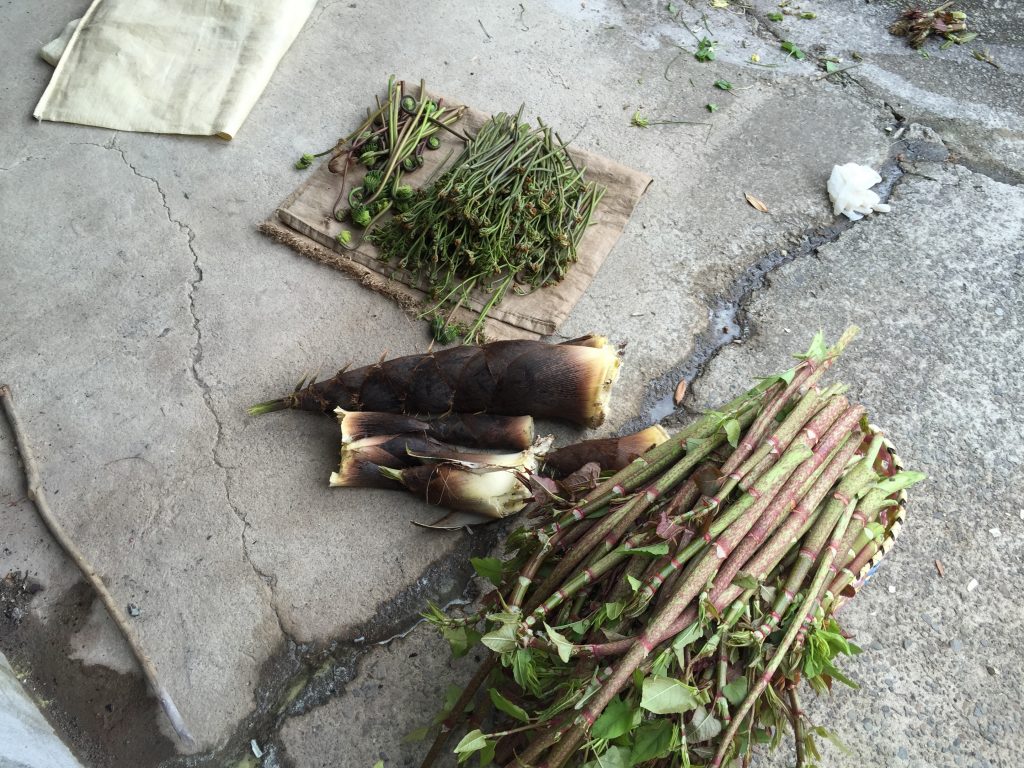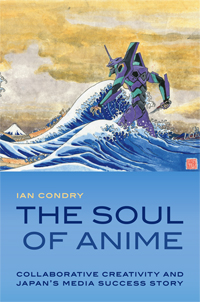[This is an invited post by Debra J Occhi, Miyazaki International College (aka Hyuga Natsuko1, yellow team). Debra is a linguistic anthropologist employed at Miyazaki International College. Her current research interests include leisure, gender, cuteness, characters, and regionality.]
Pokemon GO, one of the big waves in summer 2016 media-mix pop culture, was released July 20, 2016 in Japan, immediately triggering warnings about personal safety and public manners. I downloaded it and embarked on participant observation ethnography for the next three weeks in Tokyo, and have played it in various parts of Kyushu since then. From the start, news from various countries of the changes wrought by Pokemon GO framed it as both a new source of social mayhem and conversely, a boon to the sedentary, depressed gamer. Yet here in its birthplace, Pokemon GO is just one of the summer events centered around this franchise. In the late 1990s Pokemon had entertained my kids while we were living in Sendai during my dissertation fieldwork. Back then the original media consisted of the card-based game, Game Boy games, and the summer’s movie, all based on the anime. I was downtown teaching English conversation when that notorious episode triggered epilepsy in some viewers; fortunately my kids were safe at the neighbor’s. From then on, all anime contain warnings at the start of each show to viewers to maintain distance from the screen and watch with lights on. While Pokemon has been misinterpreted as the devil’s temptation by some in the USA, it seems to me that in its home country Pokemon has continued to inspire personal safety instructions, and public manners training as well.


